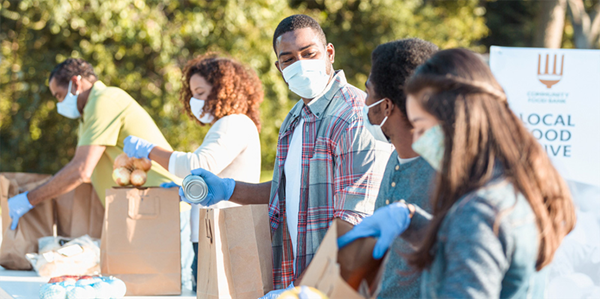It’s hard to imagine anyone on the planet who doesn’t know the term “Wi-Fi.” Far fewer of us are as aware of the term “DeFi,” but it has the potential to affect our lives almost as much as Wi-Fi as we live into the future. Here’s a definition:
“Decentralized finance, or 'DeFi', is an emerging digital financial infrastructure that theoretically eliminates the need for a central bank or government agency to approve financial transactions.
The rise of cryptocurrencies like Bitcoin and Ethereum has been fueled by the desire of individuals to manage wealth and value without banks, brokers, and the government always being in the middle. In the world of generosity, what I have noticed is a similar movement by donors away from institutions that act as “brokers” for charitable work and compassion toward decentralized options that allow donors to be more involved in those good works.
How should churches respond to this movement toward decentralized generosity? I would like to offer churches five ideas to give donors greater contact with their generosity:
- Strengthen your understanding of your church’s mission.
Encourage your church leaders to review and re-evaluate your church’s mission statement. A good mission statement should do more than describe who you are; it should answer the question of why you exist. - Get more people involved in the mission that engages and mobilizes your community.
Start asking your congregation if they are content with “coming to church” or if they would rather “be the church” in the community? - Document and tell more stories of impact.
Build time into worship to tell the stories of how your church, through the generosity of your people, is making an impact on people’s lives. - Develop hands-on missional opportunities.
United Methodists have always looked to volunteers to empower and broaden the church’s missional impact. A tremendously successful program in our United Methodist connectional structure is the Volunteers in Mission (UMVIM). If your church has done UMVIM work in the past, try to get one of those participants to lead a group to find a new project, but be sure to engage some people who have never participated before! If your church has never put together a UMVIM project and team, visit the website to get help with your planning. Be sure to have them document their mission experience with pictures and video to share with the congregation when they return. - When possible, connect donors and recipients for expressions of appreciation and support.
Nothing will bring donors closer to the impact of their generosity than a personal expression of thanks and a report on how their gifts are making a difference. Whether it is an email from a scholarship recipient, a video message from a mission project you support, or a handwritten note from a shut-in who was on the receiving end of an act of caring by your congregation – a thank you that says in some form “lives are better because you cared enough to give” may open the door to even greater generosity!
excerpt from a story by Ken Sloane, Director of Stewardship & Generosity, Discipleship Ministries
United Methodist Church Giving is about people working together to accomplish something bigger than themselves. In so doing, we effect change around the world, all in the name of Jesus Christ. To read stories about the generosity of United Methodists click here.





